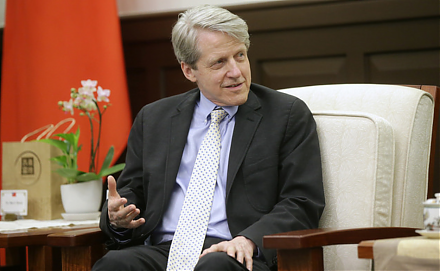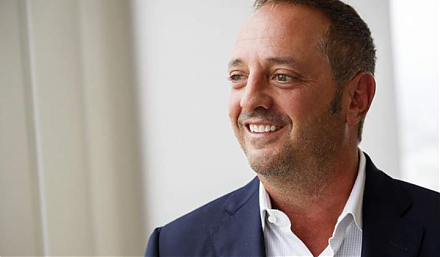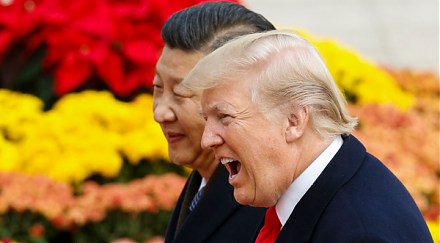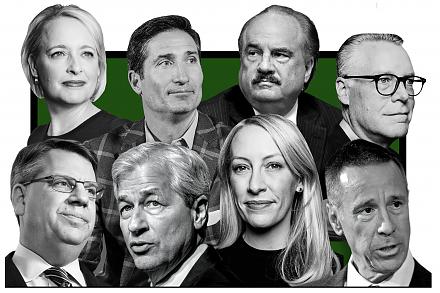

2019-04-09 11:29:00 Tue ET
federal reserve monetary policy treasury dollar employment inflation interest rate exchange rate macrofinance recession systemic risk economic growth central bank fomc greenback forward guidance euro capital global financial cycle credit cycle yield curve
The U.S. Treasury yield curve inverts for the first time since the Global Financial Crisis. The key term spread between the 10-year and 3-month U.S. Treasury yields dives below nil (i.e. the latter now exceeds the former by a positive increment). In response, Dow Jones tumbles 400 points as this brief yield curve inversion sparks recessionary concerns.
Treasury yield curve inversions have indeed preceded all of the 7 U.S. recessions since the 1970s. From a fundamental perspective, these key yield curve inversions reflect the pervasive fear that firms become reluctant to raise debt to fund positive net-present-value capital investment projects when households tend to fixate on near-term consumption with minimal leverage for longer-run investments in stocks, bonds, and real estate properties.
A flat or negative yield curve suggests that investors prefer to keep their money in short-term bonds as longer-term bonds exhibit greater reinvestment risk.
Whether the current yield curve inversion portends an economic recession in the next few years depends on the eventual resolution of economic policy uncertainty around Sino-American trade compromises, fiscal budget negotiations, and Federal Reserve interest rate adjustments from 2019 to 2020. This inversion may signal a stark sign of major economic events from a typically emphatic bellwether.
If any of our AYA Analytica financial health memos (FHM), blog posts, ebooks, newsletters, and notifications etc, or any other form of online content curation, involves potential copyright concerns, please feel free to contact us at service@ayafintech.network so that we can remove relevant content in response to any such request within a reasonable time frame.
2019-04-30 19:46:00 Tuesday ET

AYA Analytica finbuzz podcast channel on YouTube April 2019 In this podcast, we discuss several topical issues as of April 2019: (1) Our proprietary
2023-08-14 09:25:00 Monday ET

Peter Isard analyzes the proper economic policy reforms and root causes of global financial crises of the 1990s and 2008-2009. Peter Isard (2005) &nbs
2018-09-05 08:34:00 Wednesday ET

Citron Research short-sellers initiate a class-action lawsuit against Tesla and its executive chairman Elon Musk because he might have deliberately orchestr
2019-04-15 08:37:00 Monday ET

Chinese Belt-and-Road funds large international infrastructure investment projects primarily in East Asia, Central Asia, North Africa, and Italy. Chinese Be
2025-01-31 09:26:00 Friday ET

The current homeland industrial policy stance worldwide seeks to embed the new notion of global resilience into economic statecraft. In the broader cont
2019-07-21 09:37:00 Sunday ET

Facebook introduces a new cryptocurrency Libra as a fresh medium of exchange for e-commerce. Libra will be available to all the 2 billion active users on Fa